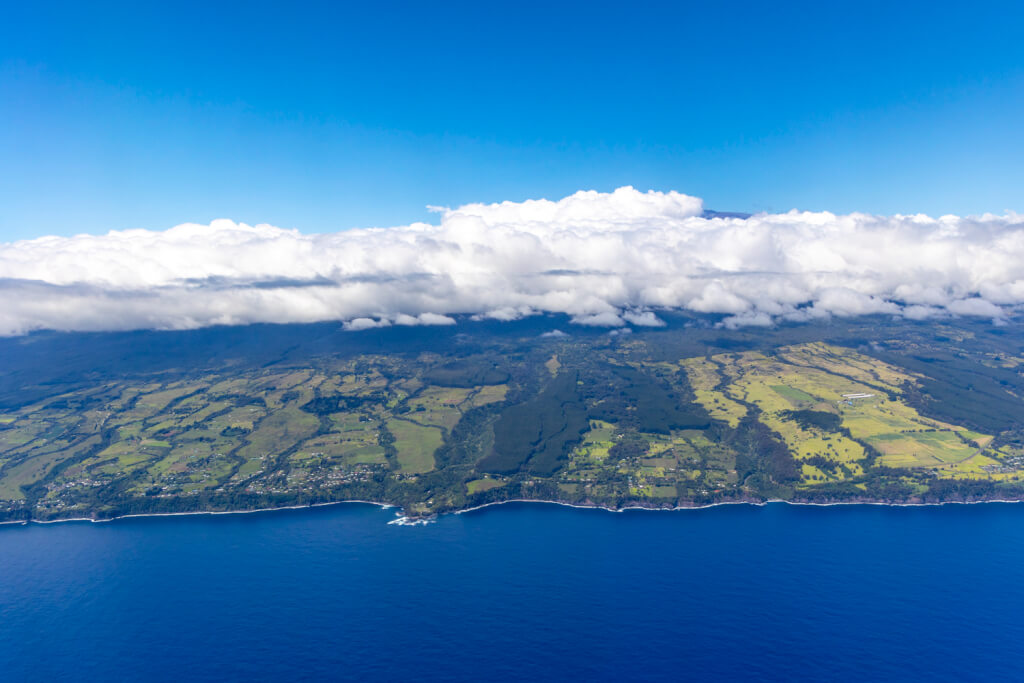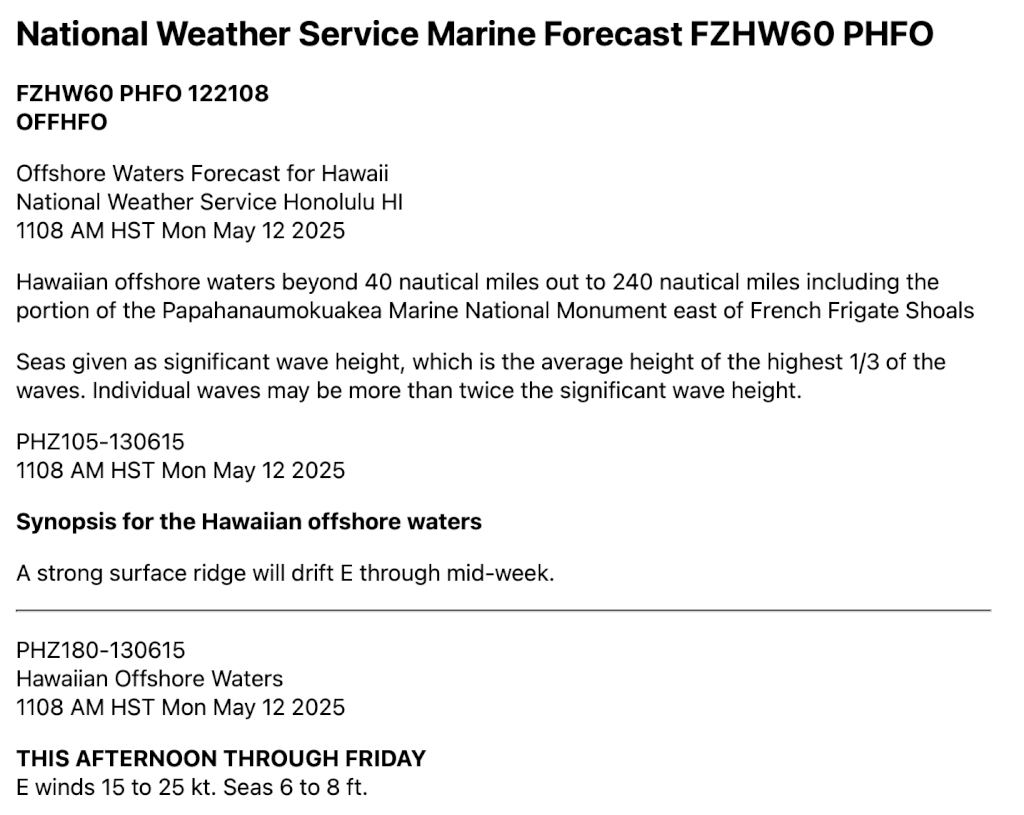Hailed as an environmentally friendly way to transform intra-Hawai’i travel, Regent’s seaglider concepts have attracted the intrest of both Southern Airways/Mokulele and Hawaiian Airlines. However, I’ve always been skeptical of the technology, given the challenging operating conditions around the islands. And now those suspicions have been confirmed as the Regent Seaglider performance comes into focus.
It’s been a while since I’ve written about these things, so as a quick recap, Regent is a company developing an all electric “seaglider.” These are basically a ground-effects vehicle, which flies several feet above the surface of the ocean to use the ground effec to allow the vehicle to “fly” and with less lift-induced drag than a normal aicraft would produce, increasing its efficiency. This is not a new technology, though it’s not one that has taken off (heh) with numerous attempts being made over approximately one hundred years. Alas, Regent thinks it can change things with its all-electric concept and the addition of a hydrofoil for the in-water portion of the vehicle’s operation.
However, as Regent prepares to demonstrate its very first Viceroy test vehicle, we’ve gleaned a bit more information about these specific vehicles. And, I gotta say, as the Regent seaglider performance comes into focus, it raises more questions than anything else – at least, as it pertains to operating these things in Hawai’i.
Regent Seaglider Performance Comes into Focus
I’ve long contended that electric seagliders will have to contend with two very significant issues operating in the islands: the ocean, along with range plus charging infrastructure. The first is particularly problematic, as the waters around the island are notoriously rough – especially during winter months. That’s why, as the Regent Seaglider performance comes into focus, the prespects of these things actually operating here becomes increasingly questionable.
Why do I say this? Well, in speaking with The War Zone about the potential military applications of their seagliders, Regent also gives us more details about the Regent’s capabilites than I’ve ever seen. Sure, we knew range on these things wouldn’t be good, with the current targeting being 180 miles on a single charge. However, we now know what sea states they can operate it, and it’s hilariously poor for our real world conditions.
Specifically, the Regent Viceroy can take off in “sea state three plus” and land in up to sea state 5. In case you’re wondering, sea state three represents wave heights of 1.8 to 4.1-feet, while sea state five is 8.2 to 13.1-feet. That’s not going to work here.
Let’s take a look at recent sea states around Hawai’i. According to NOAA, on May 12, 2025 (and through Friday), the offshore waters around the islands were seeing wave heights ranging from six to eight feet. This means that while the Regent would be able to land, it wouldn’t be able to take off. But that’s not the whole story here, either. As you’ll note in the forecast, these number are averages, and actual wave heights can be two times higher, which pushes conditions beyond sea state 5. Moreover, this forecast is for waters 40 nautical miles out, meaning conditions closer to shore are likely rougher, as decreasing depth tends to amplify wave heights.
This is all to say that there will be a significant number of days in which this thing won’t be able to operate. That’s also before you consider that a breaching whale or jumping Hawaiian Spinner Dolphin getting in front of this thing will end extremely badly. Though the Hawai’i Superferry was bad for marine mammals? This will be worse. Plus, you bet your ass you’ll feel every single wave this thing “flies” over. That’ll be fun.
Then, there’s the range issue, which I’ve touched on before. While 180 miles is enough to travel from Honolulu to Kona, then what? The thing has to sit at the dock for several hours while it recharges? For their part, Regent is looking at adding range extenders to get 1,000 miles out of these things, but at what cost?

Final Thoughts
While I’m all for making travel more environmentally friendly, I still think the seaglider is a fool’s errand. And now that the Regent Seaglider performance comes into focus, I feel vindicated – at least with the concept as it exists today. It is wholly inadequate for operations around the islands, and is likely more suited to calmer waters like around Puget Sound. Of course, we also don’t know how noisy this thing will be, which would be another detractor. But, I guess we’ll see.


